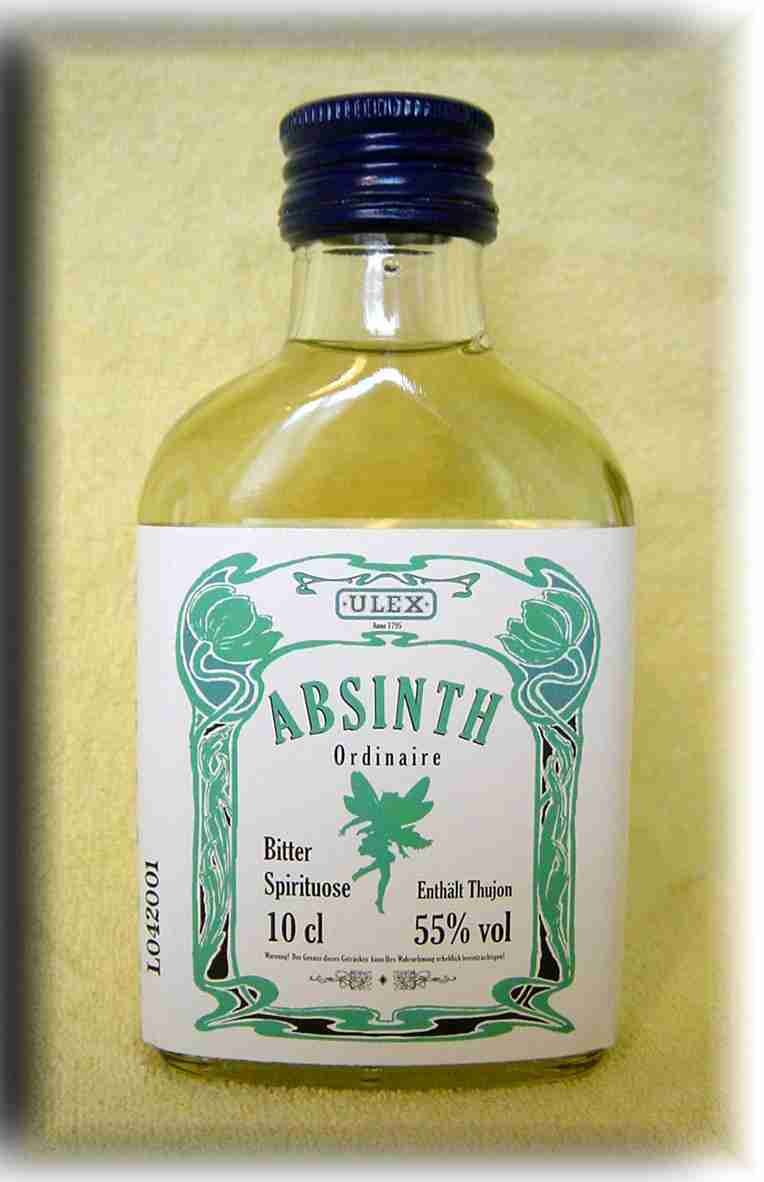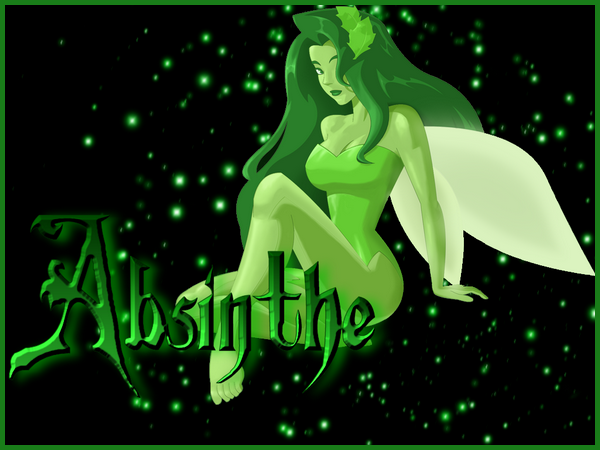
Over the centuries, however, wormwood drinks moved away from being just bitter medicine. He also recommended it as an elixir of youth and as a cure for bad breath. and noted that it was customary for the championin chariot races to drink a cup of absinthe leaves soaked in wine to remind him that even glory has its bitter side. The Roman scholar Pliny the Elder called it apsinthium in the first century A.D. Hippocrates prescribed it for jaundice, rheumatism, anemia, and menstrual pains. Pythagoras recommended wormwood soaked in wine to aid labor in childbirth. Most likely the word absinthe derives from the Greek word apsinthion, which means " undrinkable " presumably because of its bitter taste. It does not store any personal data.Hippocrates recommended absinthe for juandice and rheumatism.Īncient absinthe was different from the liquor that Verlaine and Picasso imbibed, generally being wormwood leaves soaked in wine or spirits. The cookie is set by the GDPR Cookie Consent plugin and is used to store whether or not user has consented to the use of cookies. The cookie is used to store the user consent for the cookies in the category "Performance". This cookie is set by GDPR Cookie Consent plugin. The cookie is used to store the user consent for the cookies in the category "Other. The cookies is used to store the user consent for the cookies in the category "Necessary". The cookie is set by GDPR cookie consent to record the user consent for the cookies in the category "Functional". The cookie is used to store the user consent for the cookies in the category "Analytics".

These cookies ensure basic functionalities and security features of the website, anonymously. Necessary cookies are absolutely essential for the website to function properly. The reliance on artificial color remains troubling, but if you can get past that crutch, absinthe fans should find this worth exploring.ī+ / $60 /

The thing of it is, though, is that while Grande Absente is fairly straightforward, it does present an enjoyable, even refreshing, character that offers a clear improvement on the standard Absente formula. Add sugar to the mix and things sweeten up, of course, but otherwise the character of the spirit isn’t fundamentally changed. Water introduces a moderate louche, but namely it serves to dull the alcohol - and the flavor, which maintains a straightforward anise character, though it’s informed by some red berry fruit and a note of ginger. It’s still got some level of focus on sugar, and the palate, unadulterated, still feels candylike - albeit blazing hot, thanks to all that alcohol.

The nose seems on the sweet side, but the palate plays it down - at least a bit. The bright gold Grande Absente, sans water and sugar, offers a nose of licorice candy, heavy on anise with less of a fennel character. The distiller notes that it is a “bitter liqueur which contains more plants of absinthe and less sugar.” And that’s a good thing, because the downright oppressive sweetness of Absente is its biggest flaw. The primary difference? Grande Absente is bottled at a considerably higher 69% abv than the 55% abv Absente - though, it’s important to note, it still contains artificial colors to give it its light green hue. If you think of Absente as the entry-level product from France’s Distilleries et Domaines de Provence, you can consider Grande Absente its top-shelf offering.


 0 kommentar(er)
0 kommentar(er)
